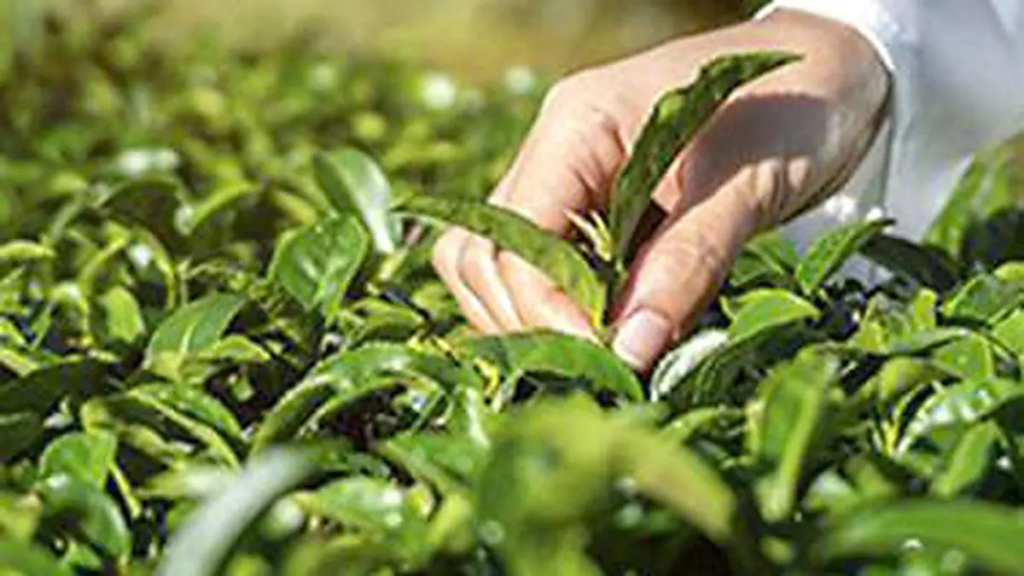
Transforming farm-to-table Supply Chains through Technology
- The farm-to-market supply chains are changing through the advent of Blockchain, IoT, and AI.
- Blockchain opens up possibilities for transparency and tracing to enable consumers trace what they consume back to respective farms.
- IoT devices such as temperature and humidity sensors help to maintain the quality of products during transit.
- AI algorithms optimize logistics seeking short and efficient routes.
Smart Farming: The Base of Freshness
- Precision agriculture makes use of technology-to be maximally productive with minimal waste and top quality.
- Soil sensors report nutrient and moisture levels in soils and they can be coupled with required computation for accurate fertilizer and water application.
- Multiple aerial drones monitor crop health and early detection of pest or disease occurrence by multispectral sensors.
Bridging the Consumer
- Field fresh products are sold off to the public in new ways through e-commerce and digital marketplaces.
- Mobile apps and websites use AI-based recommendation engines to enable the customer choose most suitable produce based on personal choices and nutritional needs.
- Payment integration ensures that farmers get paid timely so that they experience less financial instability.
Reducing Food Waste via Predictive Techniques
- Using demand pattern algorithms, farmers know what to harvest and when to avoid this constant over-production.
- Advanced notice to retailers concerning approaching dates nearing expiration is enabled by inventory management technologies to prepare for sales and promotions before their end of life.
Role of Automation in Robotics
- Sorting and grading machines are automated to sort the final produce in regard to quality, size, and ripeness.
- The robotic warehousing systems help in automating packing processes along with accelerated distribution.















